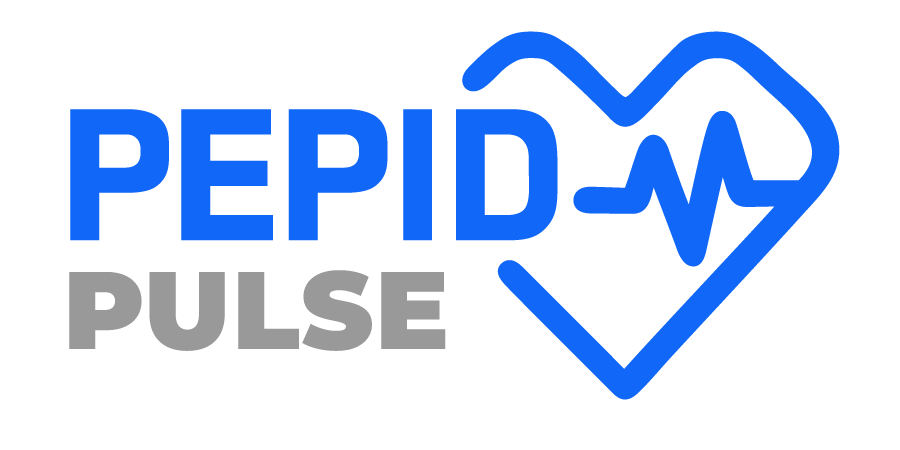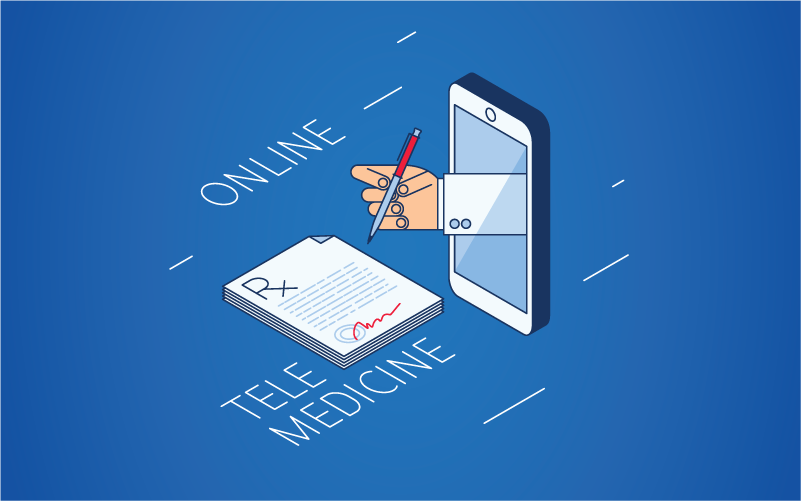Moving Forward with Remote Support
The intimidating costs behind patient-centered healthcare reform can be mitigated with the added revenue and reduced labor costs of establishing remote pharmacy models (RPMs). These highly efficient sites not only give operational support to their institutional counterparts but also make cost-effective telepharmacy possible in rural areas, which hold nearly 20% of the US’ population.4
While the widespread adoption of Computerized Physician Order Entry (CPOE) systems and e-Prescribing has been successful, the resulting 30% increase in drug order volume often blindsides hospital administrators and pharmacists. This spike is caused by orders coming from more areas of the hospital – some demanding immediate attention, such as those from the ER – along with complex PRN and sliding scale orders that take longer for pharmacists to assemble and reconcile.
RPMs also soften the impact of healthcare consolidation. Larger institutions are acquiring smaller hospitals that can’t offer services or upgrade to meet requirements on their own. This poses another staffing problem, as rural pharmacy professionals are hard to come by and costlier to retain. Remote pharmacists don’t have to relocate, so the higher salary implications of rural pharmacy talent do not apply.
When hospital pharmacists are overwhelmed with order processing and medication reconciliation tasks, the last line of defense against ADEs and nonadherence falls – pharmacist-led medication counseling.
The 3 Benefits of RPMs:
The winning technological combination in an RPM is an efficient CPOE and powerful clinical decision support (CDS) system that supports your pharmacy talent in addressing medication discrepancies and providing the comprehensive counseling patients deserve at any point-of-care.
- Operational
- Relieves staff of distractions when training and implementing new CPOE
- Opens doors to offering support to affiliated clinics
- Smoother workflow allows more time for patient counseling and data reporting
- Financial
- Eliminates costs for recruiting, training and benefits
- Reduces preventable adverse drug events
- Cultural
- Allows pharmacy to scale staff as needed without affecting FTE of personnel
- Improves staff’s work-life balance and job satisfaction
[elfsight_social_share_buttons id=”3″]
>> Join the Movement at ASHP Midyear 2018
If You’re Considering Implementing RPM, Consider PEPID
Meet Us at Booth #513
Resources:
- Haggan, Megan. “Pharmacists Willing to Go West: Poll.” AJP, 12 Aug. 2016, com.au/news/pharmacists-willing-go-west-poll/.
- Mekonnen, Alemayehu B., et al. “Pharmacy‐Led Medication Reconciliation Programmes at Hospital Transitions: a Systematic Review and Meta‐” Journal of Clinical Pharmacy and Therapeutics, Wiley/Blackwell (10.1111), 23 Feb. 2016, onlinelibrary.wiley.com/doi/full/10.1111/jcpt.12364.
- “Getting More Than You Expect From an RPS Partnership.” Cardinal Health, https://www.beckersasc.com/webinars/cardinal_health_rps.pdf.
- US Census Bureau. “New Census Data Show Differences Between Urban and Rural Populations.” The United States Census Bureau, 30 Dec. 2016, https://www.census.gov/newsroom/press-releases/2016/cb16-210.html.


